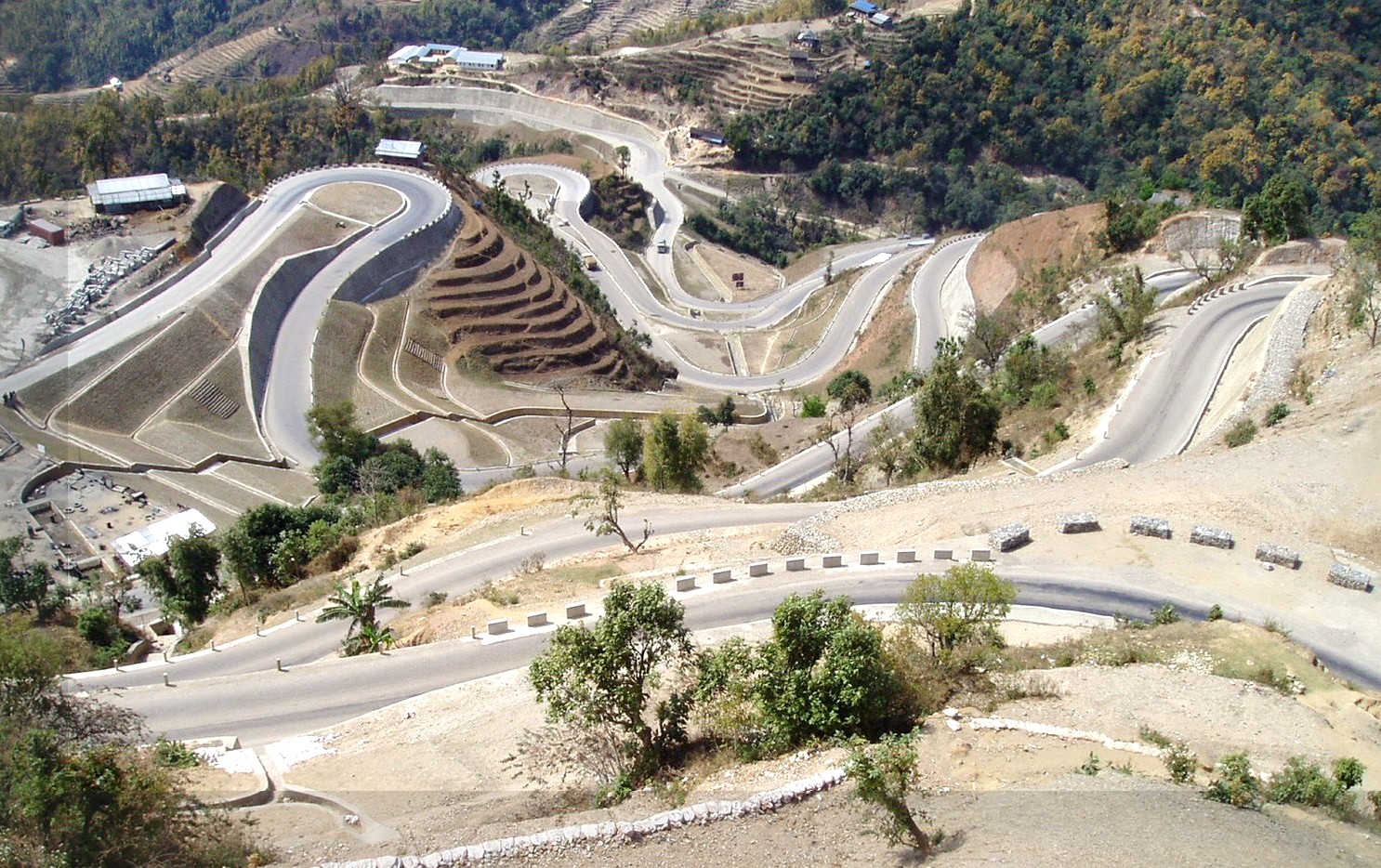Why Geotheta Sticks out in the Field of Geotechnical Engineering
Why Geotheta Sticks out in the Field of Geotechnical Engineering
Blog Article
Navigating Geotechnical Services: The Value of Geotechnical News, Dirt Compaction Screening, and Pavement Layout in Ensuring Structural Integrity
Geotechnical services, encompassing the production of geotechnical records, conducting soil compaction testing, and meticulous sidewalk design, serve as the keystone of making certain architectural stability. geotheta. These crucial parts not only lay the foundation for effective project execution yet likewise alleviate prospective threats that could endanger the security and durability of a building and construction job.
Value of Geotechnical Records
Geotechnical reports play a vital duty in giving in-depth insights into the dirt and rock problems of a website, crucial for guaranteeing the architectural stability of construction jobs. These reports are an essential component of the preliminary site examination procedure, providing useful info that affects the style, building and construction methods, and total usefulness of a project. By analyzing dirt composition, stability, and possible threats such as sinkholes or landslides, geotechnical records allow designers to make informed choices concerning structure design and building techniques.
In addition, geotechnical records help in threat evaluation and reduction strategies, helping project stakeholders understand the potential challenges that may arise during construction. Through extensive assessment and analysis of geotechnical information, designers can establish services to address site-specific concerns, guaranteeing the lasting security and safety and security of the framework. Inevitably, the comprehensive nature of geotechnical reports functions as an important foundation for effective task planning and execution, lessening risks and enhancing total task outcomes.

Role of Dirt Compaction Testing
Exactly how essential is the assessment of soil compaction via testing for making certain the security and durability of building and construction projects? Soil compaction testing plays an essential duty in the building sector by making certain that the soil under a structure is effectively compressed to sustain the designated tons and prevent settlement (geotheta). Properly compacted soil supplies a stable foundation for structures, roadways, and various other structures, decreasing the threat of architectural failure and costly repairs in the future
Dirt compaction testing involves gauging the density of the dirt and contrasting it to the optimum density possible for that particular dirt type. If the dirt has actually been compressed sufficiently to support the planned structure, this helps designers determine. By carrying out soil compaction tests during building and construction, engineers can determine any locations that require additional compaction and take corrective measures before continuing with additional building and construction.
Significance of Sidewalk Design
Examining soil compaction via testing not just makes sure the stability and longevity of building and construction tasks yet likewise lays an important foundation for reliable pavement layout. Appropriate sidewalk design considers factors such as website traffic load, ecological problems, dirt attributes, and product residential properties to produce a sustainable and robust surface. By incorporating information from dirt compaction examinations, designers can figure out the ideal density, materials, and layering for the sidewalk to withstand anticipated stresses and keep structural honesty over time.
Ensuring Structural Honesty
To guarantee the architectural honesty of building and construction projects, meticulous attention should be paid to aspects influencing security and lasting performance. Structural stability is vital for the security and durability of any type of built environment. One key aspect is the selection of appropriate products based upon geotechnical records. These records supply vital information on soil composition, stability, and possible threats, helping in informed decision-making throughout the design and building and construction phases. Additionally, performing comprehensive soil compaction screening is essential to make sure that the soil under sidewalks or structures is appropriately compressed to sustain the designated tons and prevent settlement problems.
Additionally, executing durable sidewalk layout methods is important for making sure the structural stability of roadways, auto parking lots, and various other smooth surface areas. Appropriate sidewalk style thinks about aspects such as traffic volume, environmental problems, and soil attributes www.geotheta.com to develop secure and durable transportation framework. By adhering to these methods and using geotechnical services efficiently, construction projects can boost their architectural honesty, lessen threats of failing, and make certain the long-term efficiency of the developed environment.
Safeguarding Versus Threats
In light of the crucial significance put on guaranteeing structural honesty via careful focus to material selection and dirt screening, protecting against dangers comes to be paramount in maintaining the stability and durability of building jobs. Risks in construction projects can stem from numerous sources, including natural disasters, dirt instability, or layout flaws.
Additionally, creating contingency strategies and implementing robust monitoring systems can help reduce unanticipated risks that might develop during construction. Routine assessments and high quality control actions ought to be executed to ensure that materials are made use of based on specs which building and construction techniques adhere to sector requirements. By proactively recognizing and addressing prospective risks, construction jobs can boost their strength and decrease the possibility of structural failings, inevitably making certain the safety and security and longevity of the developed setting.
Verdict

Soil compaction testing plays a vital function in the building industry by making certain that the soil beneath a structure is properly compressed to support the designated load and prevent settlement.Soil compaction screening includes determining the density of the soil and contrasting it to the optimum density attainable for that specific soil kind (geotheta). By performing dirt compaction examinations during construction, engineers can identify any type of areas that need extra compaction and take corrective steps prior to continuing with additional building
In addition, carrying out complete soil compaction testing is essential to make certain that the dirt below sidewalks or structures is effectively compressed to sustain the intended lots and avoid negotiation issues.
In final thought, geotechnical records, soil compaction screening, and pavement design play essential functions in making sure the structural stability of construction tasks.
Report this page